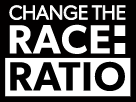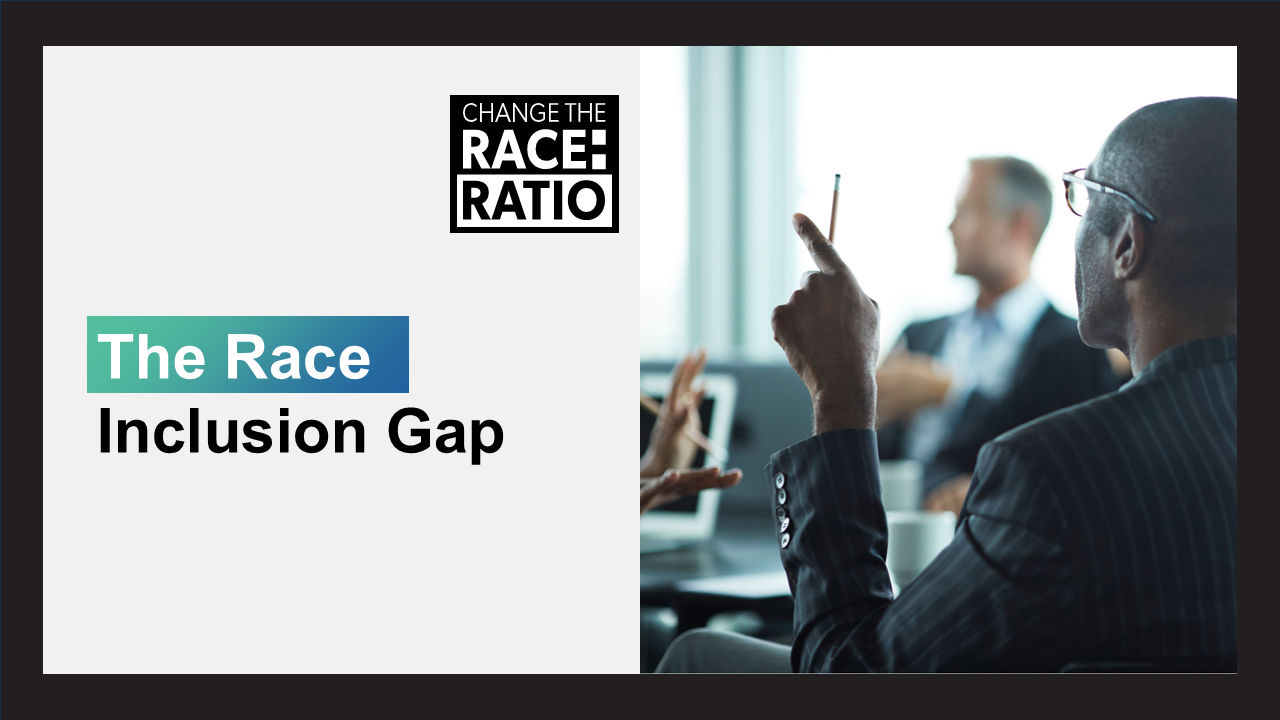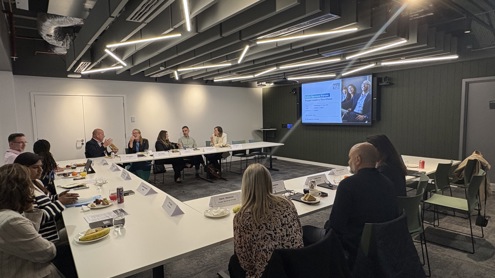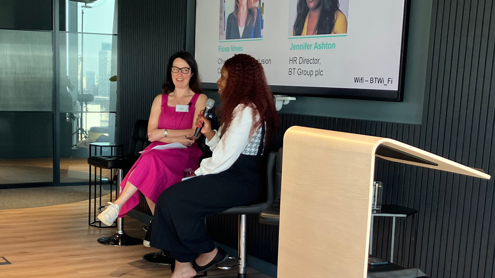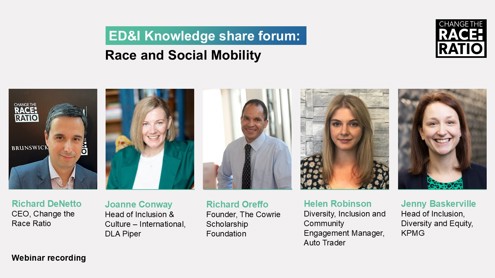We partnered up with the Executive Search firm Green Park and fellow campaigners Race Equality Matters to publish The Race Inclusion Gap Report 2025.
It is often said and widely accepted that there is a gap between how leaders view workplace culture and the experience of ethnic minority colleagues.
To better understand this gap and highlight the challenges, we commissioned this study to assess workplace inclusion from the perspectives of leaders, white employees and ethnic minority employees to:
- Identify where significant gaps exist
- Track and monitor changes in sentiment over time
- Support employers with more targeted support
The report’s findings show that there is a significant disparity in the views of race inclusion in the workplace between leaders and ethnic minority colleagues. This disparity can erode trust between leaders and ethnic minority colleagues. It can also lead to decisions that slow or pause action on inclusion at the exact time that businesses should be committing to continued and deeper change.
Key findings:
- Leading by example: 97.8% of leaders felt they led by example in creating an open and inclusive workplace, while only 44% of ethnic minority colleagues felt their leaders led by example.
- Race fluency: 95.6% of leaders said they feel confident talking about race, while only 37% of ethnic minority colleagues thought their leaders were confident talking about race.
- Zero Tolerance: 100% of leaders feel they take a zero-tolerance approach to racism, compared to 53.3% of ethnic minority colleagues who feel that leadership teams take a zero-tolerance approach.
- Allyship: 98% of leaders feel they are an active ally, compared to 63% of ethnic minority colleagues who felt that there were active allies in the business.
- Equality of opportunity: 77.8% of leaders believe everyone has the same opportunity to progress, whereas only 34% of ethnic minority colleagues felt the same.
Sir Trevor Phillips, Chair, Change the Race Ratio and Green Park, Comments on the findings of the study
“This report exposes a harsh reality - corporate leaders are in sore need of a wake-up call - their own perception of progress is at odds with the perception of those who work for them, and a gulf of understanding is developing between their white and non-white employees. Better workforce engagement leads to better productivity and greater corporate success, and therefore good intentions on the part of business leaders are not enough. They must commit to real, measurable change.”
